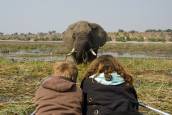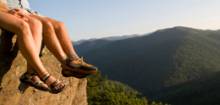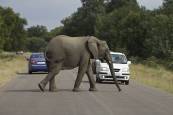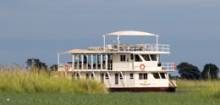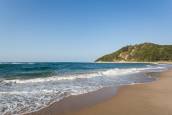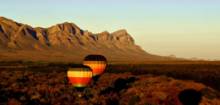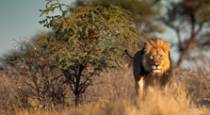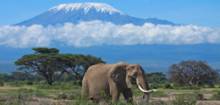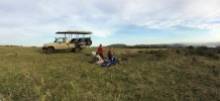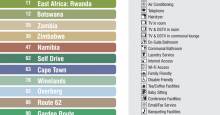Dear Lize,
Habari asubui, safari nsuri sana….
Good morning, wonderful trip!!!
What you sold us was exactly what we had, that means, no surprises, no changes of plans , I was concerned about.
African Tulip, I was surprised, very nice hotel.
Rhotia Valley Lodge, beautiful place, what was a surprise, was to have a warm bag in our beds at night….. Simply delicious! It was a little bit cold..
The driver, Onesmo, wonderful person, very nice, very knowledgeable about places, animals, birds, preys and hunting…
The camps were just perfect, we learned about saving water, light, even…

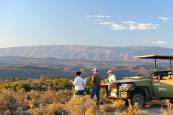
_173_115_70_s.jpg)
